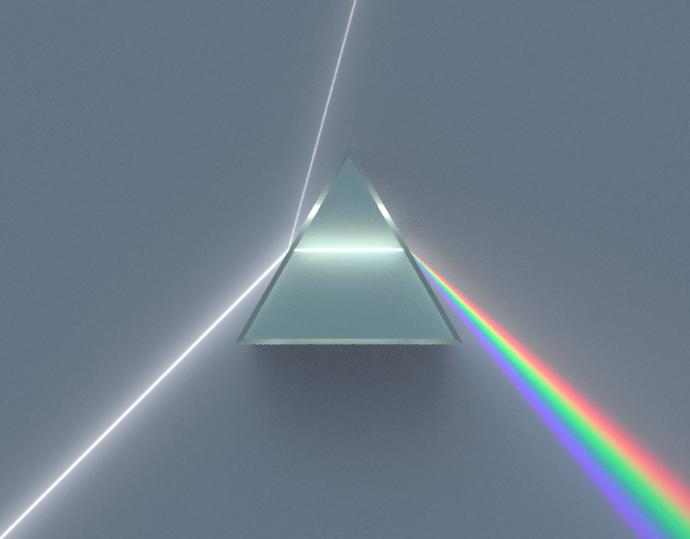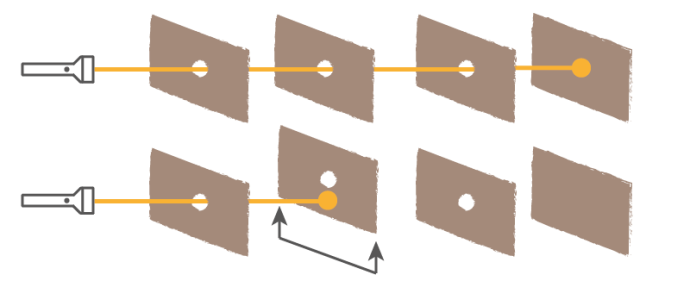Spectra
Even though light often looks white, it is made up of lots of different colours all added together.
Image

Credit
This work
by Sprigget/Cepheiden
is licensed under Creative Commons Attribution Share Alike 4.0 International
Light
When we talk about light we usually mean the light we can see with our eyes.
This is also called visible or optical light.
Light is one way energy can be transferred - moved from one place to another.
Image

Credit
This work
by Emmanuel Huybrechts
is licensed under Creative Commons Attribution 4.0 International
Light and Telescopes
One of the first people to study light was Ibn al-Haytham (known as Alhazen). He was a Muslim, living in Egypt in the early 11th Century. Alhazen is first person we know of who used the scientific method. He wanted to know why our eyes could see things.
Image

Credit
This work
by The Schools' Observatory
is licensed under All rights reserved
